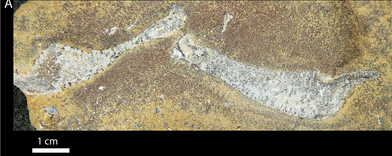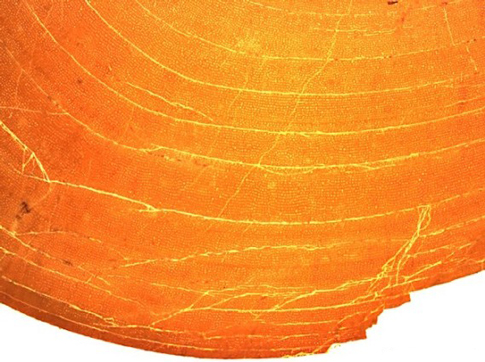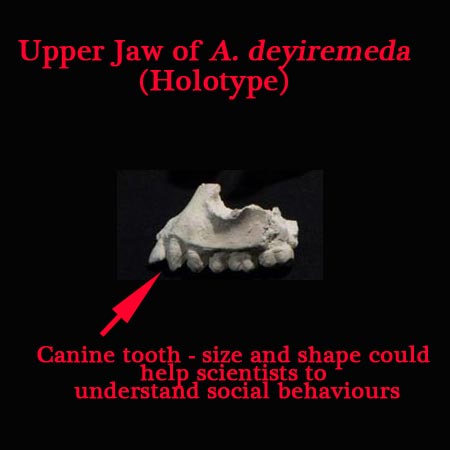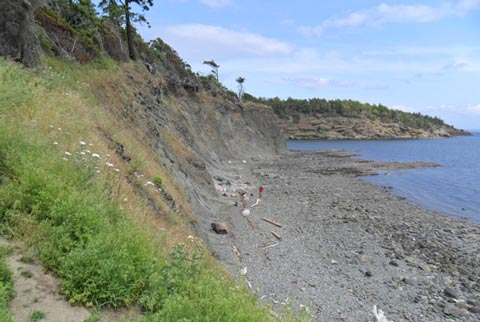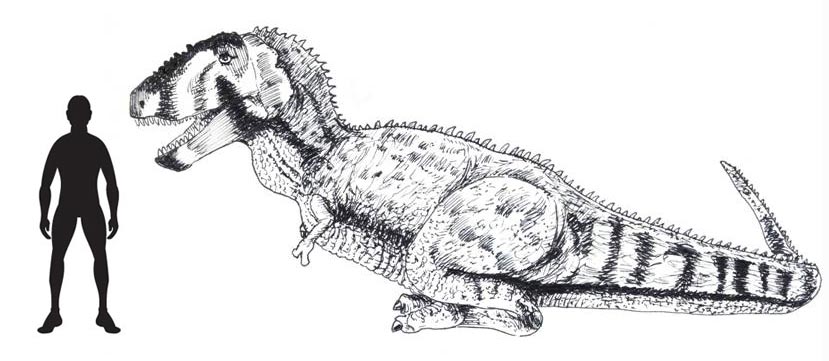The Bony Past of Sharks a Unique Insight
Australian Shark Fossil Discovery – Sharks Have a Bone to Pick with Palaeontologists
A fossil discovery made in Western Australia may help palaeontologists to piece together the early evolutionary history of the shark family. It seems that the very first sharks may have had bony skeletons, only later did this group evolve a skeleton entirely made up of cartilage.
Fish – Very Successful Vertebrates
Fish are the most specious of all the vertebrates. There are more species of fish alive today, than amphibian, reptile, bird and mammal species combined. Fishes are certainly very diverse, but if we set aside the jawless fish for a moment (the agnathans), plus one or two other extinct groups and focus on the jawed types, fish can be split into two specific clades.
- Chondrichthyes – fish with cartilage for a skeleton (sharks and rays)
- Osteichthyes – fish with bony skeletons, this is the group that gave rise to the other types of vertebrates mentioned above – the amphibians, reptiles etc.
The Evolution of Sharks
Sharks may have been around for some 400 million years but fossils of these early sharks are extremely rare and many species have been identified from very fragmentary evidence, isolated teeth, preserved scales and even dorsal spines. A team of Australian scientists have published a paper in the academic journal “PLOS One” that details the discovery of a remarkable ancient shark fossil, one that dates from around 380 million years ago and suggests that early sharks may have had bony skeletons before evolving the cartilaginous form that we know today.
The Gogo Formation
The fossil discovery was made in July 2005 and the specimen comes from the Gogo Formation Lägerstatte of the remote Kimberley region of Western Australia. The strata represents an ancient tropical reef environment and dates from the Frasnian faunal stage of the Late Devonian (380-385 million years ago). This location contains the richest, most diverse and best-preserved fish fossils found in Upper Devonian rocks anywhere in the world. Professor John Long (School of Biological Sciences, Flinders University, Adelaide), commented that this fossil specimen represents a transitional form of shark, from one with a bony internal skeleton to the more “modern” forms we find today with their skeletons entirely made up of cartilage.
Professor John Long Holding the Fossil Specimen (2005)
Picture credit: Flinders University
Primitive Shark
It had been thought that the sharks and rays represented a more primitive fish lineage when compared to their bony cousins. However, a series of discoveries coupled with new research has led many palaeontologists to suggest that it is the Chondrichthyes that represent the more advanced, derived evolutionary route.
Professor Long commented:
“Our shark more or less nails that theory, because here we have a heavily mineralised type of cartilage in the skeleton, which contains remains of bone cells.”
This is the first shark specimen to be discovered in the Gogo Formation, a fossil rich marine deposit that has been studied for more than six decades.
A Close up of the Fossil Material (Lower Jaws) Prior to Full Preparation
Picture credit: PLOS One
The Fossil Material
The fossil material consists of the jaws, parts of the shoulder girdle along with teeth and scales. It is difficult to estimate the actual size of the shark, but Everything Dinosaur estimate that this specimen represents a fish that would have been perhaps around the size of a Smallspotted Catshark (Scyliorhinus canicula), which is a common shark in British waters and grows to 60-80 centimetres long.
The picture above shows the remains of the lower jaws, which consist of cartilage and bone. In extant Chondrichthyans (fish with cartilaginous skeletons), the lower jaws are formed entirely from cartilage, this is referred to as Meckelian cartilage. However, in mature Osteichthyans (bony fish) and all tetrapods the cartilage becomes covered in bone.
To remove the fossil from the surrounding matrix, a team at Museum Victoria (Melbourne), bathed the specimen in a solution of 10% acetic acid. This acid etching technique exposed the jaws, other elements of the skeleton as well as teeth and scales. This is the first time a Devonian shark specimen has been prepared in this way.
The Fossil During Preparation (B) and Fully Prepared (C)
Picture credit: PLOS One
The picture above shows the specimen (B) during early acid bath preparation, whilst (C) shows the Meckelian cartilage once it has been removed from the surrounding rock.
Gogoselachus lynbeazleyae
The species has been named Gogoselachus lynbeazleyae. The genus nomenclature comes from the name of the geological formation and the Greek “selachos” which means shark. The trivial name honours neuroscientist Professor Lyn Beazley (University of Western Australia), in acknowledgement of her role as an ambassador for science.
As a bath of acetic acid had been used to recover the specimen, the fossil was left in three-dimensions, almost perfect, this enabled the research team to identify bone cells in the remains of the calcified cartilage.
A “Missing Link”
Professor Long explained that the fossil could be almost described as a “missing link” in shark evolution. It showed that early sharks had a lot more bone in their skeleton and that just before modern sharks evolved they lost the bone, with only the soft cartilage remaining. The professor stated that this indicates a direction in their evolution that shows that sharks are much more specialised than previously thought.
In addition, the acetic acid bath revealed a array of loose teeth, this Late Devonian shark was clearly a predator, but the Australian research team were unable to shed much light on precisely what it might have eaten.
A G. lynbeazleyae Tooth (Gogo Formation, Western Australia)
Picture credit: PLOS One
The picture above shows one of the larger teeth found in association with the other body fossils. The top picture (A) shows the tooth in lingual view (the side adjacent to the tongue), picture B shows the labial view, a view of the teeth on the mandible that would face the cheeks or lips.
With the discovery of this first shark fossil from the site, Professor Long and his field team hope to return to the location later on this year in a bid to find more evidence of ancient sharks.



